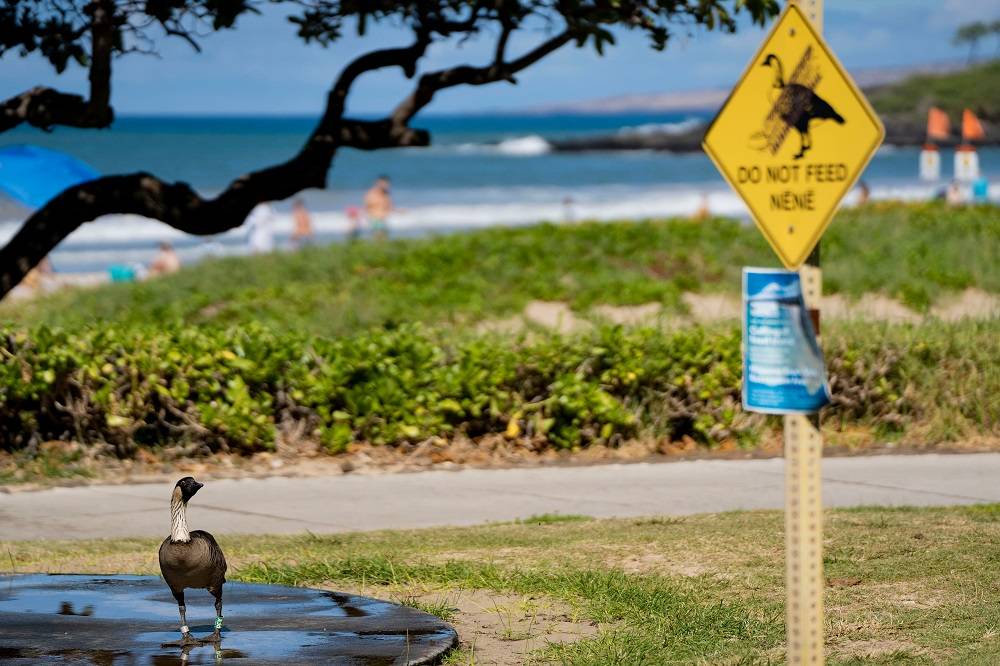A volcanic eruption belched a plume of ash that grounded flights in New Zealand on Thursday, with government scientists warning it could continue venting for "weeks to months" to come.
It is the same White Island volcano that erupted in 2019, killing 22 people.
The island, once popular with tourists, lies about 50 kilometers off New Zealand's North Island, and 200 kilometers from Auckland, the country's largest city.
An airline spokesperson told AFP that flights had resumed after the ash in the surrounding air space dissipated.
Satellite images showed "minor eruptive activity" started earlier this month, research institute GNS Science said in a monitoring bulletin.
They believed it was part of the "typical eruptive cycles" documented on White Island, also known as Whakaari to the country's Indigenous Maori language.
"This activity could continue for some time, weeks to months," they warned.
Scientists said residents on New Zealand's main islands might smell volcanic gas or suffer mild irritation to their eyes or throats, although impacts would be minor.
New Zealand raised its volcanic alert level earlier this month to three, out of a maximum of five levels.
Tours have been banned on White Island since the 2019 eruption. The island's closure has also had an impact on scientists' work.
"The biggest issue with Whakaari at the moment is the number of unknowns with the lack of monitoring on the island due to the 2019 eruption and restricted access preventing the repair of seismic and geodetic networks," said volcanologist Simon Barker from Wellington's Victoria University.
"This makes it difficult to place the ongoing activity within the context of past eruptive episodes and to assess how the system is changing.
"Gas flights, drone footage and ash emissions all suggest that magma is very close to the surface and, therefore, this activity could continue for some time."
Volcanic ash wreaks havoc with plane engines, an earth sciences expert has said.
"Ash in volcanic plumes is considered a hazard to airplanes because it is sucked into their engines, potentially clogging fuel lines, sticking onto engine surfaces and eroding parts," said volcanologist Adrian Pittari from the University of Waikato.
"It can also interfere with electrical and computer systems, infiltrate cabin space and reduce visibility.
"The level of ash concentration in the atmosphere and the flight time in affected airspace are important considerations."
The academic cited cases from the 1980s when Boeing 747 jet planes temporarily lost all engine power after flying through concentrated ash plumes in Alaska and Indonesia.
A global network of Volcanic Ash Advisory Centers monitors ash plumes and weather patterns, informing the aviation industry about airborne ash hazards.
"This helps airlines to plan flight paths and cancellations in areas of volcanic eruptions," Pittari added.










